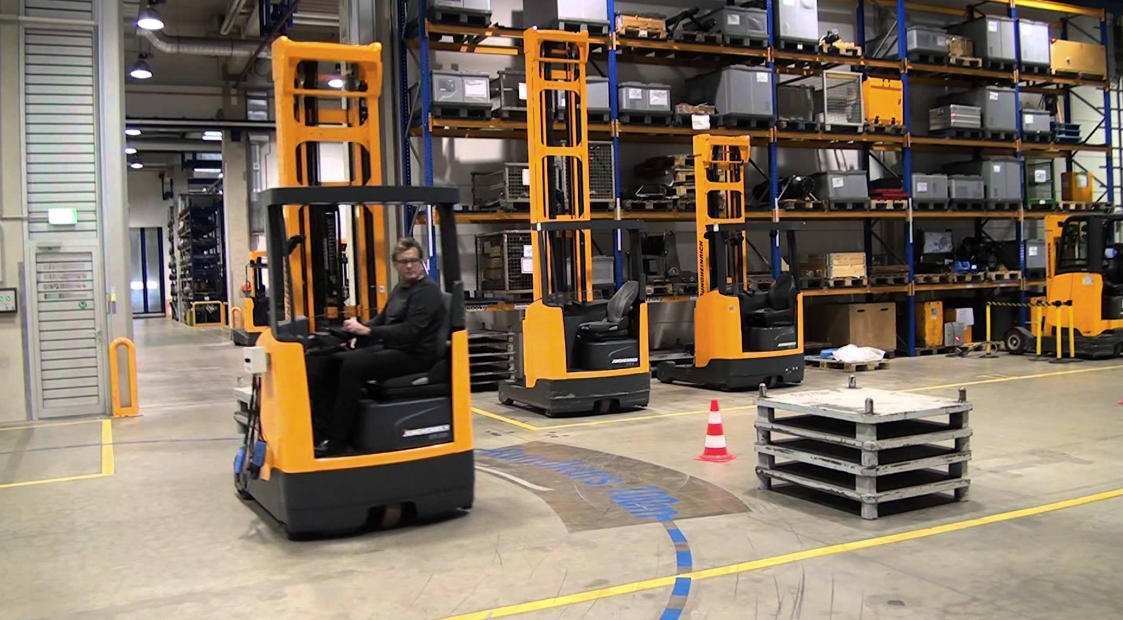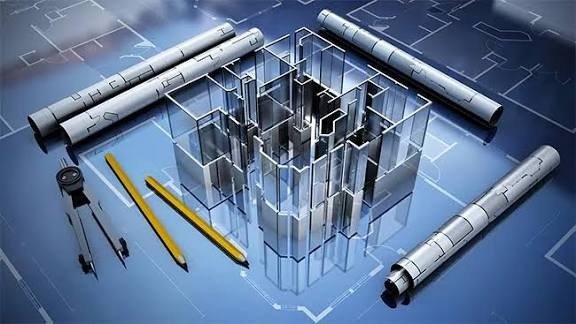In logistics environments where every square metre and every second impacts profitability, the reach truck is a strategic asset. Used correctly, it can reshape picking efficiency, reduce racking damage, and even delay or eliminate costly warehouse expansions. For businesses scaling fast or consolidating space, the right reach truck investment can yield measurable ROI within months.
A Strategic Tool for High-Density Warehousing
High-density storage isn’t just a space-saving trend; it’s an economic necessity in urban logistics hubs where rents soar past $150/m² annually. Reach trucks enable racking up to 13 metres high, reducing the need for horizontal expansion. But it’s not just about height, articulated forks, mast-tilt features, and programmable lift limits ensure safe handling even at maximum elevation, reducing product damage and insurance claims. In many cases, these trucks enable warehouses to increase SKU capacity by 20–30% without reconfiguring layouts.
Enabling Narrow Aisle Configurations Without Compromising Throughput
Converting from 3.5m standard aisle widths to 2.7m narrow aisle configurations can increase pallet positions by 25%, but only if material handling equipment can keep up. Reach trucks, particularly pantograph-style models, thrive in these tighter lanes. Unlike counterbalance forklifts, they allow for zero-overhang manoeuvring. But their real operational value lies in the ability to sustain pick cycles of 25–30 pallets/hour even in high-traffic zones, crucial in just-in-time (JIT) environments.
Reducing Labour Fatigue and Error Rates in Multishift Operations
In multi-shift operations, fatigue is a silent profit killer. Reach trucks equipped with height pre-selection systems, laser position indicators, and tilt-compensating cameras dramatically reduce operator cognitive load. This doesn’t just speed up cycles; it reduces error rates during high-bay picking by as much as 40%. Over a quarter, this can mean hundreds fewer re-scans or manual rechecks, a clear operational gain.
Power Management and Battery Strategy: Not All Reach Trucks Are Equal
The true operating cost of a reach truck isn’t the upfront investment; it’s battery performance over time. Traditional lead-acid batteries degrade after 1,000–1,500 cycles and require up to 8 hours of downtime for recharging and cooling. By contrast, lithium-ion-equipped reach trucks deliver 4–6 hours of runtime on a 2-hour charge and support opportunity charging during breaks. For facilities running 18–24 hours/day, switching to lithium can save up to 18 man-hours/week in idle time per unit.
Operational Flexibility Across Temperature Zones
Facilities that operate across ambient, chilled, and frozen zones face equipment performance variability. Many assume reach trucks struggle below -18°C, but newer models with heated cabs, battery insulation, and anti-fog vision systems maintain performance even in deep-freeze environments. More importantly, a well-specced reach truck avoids the need to duplicate equipment per temperature zone, saving thousands annually in fleet redundancy.
Fleet Right-Sizing and Data-Driven Utilisation
Too many facilities over-purchase reach trucks based on static throughput projections. However, with telematics and fleet management software, usage data now allows for intelligent right-sizing. Many sites discover 20–30% underutilisation across shifts, while others reveal bottlenecks that require reallocation, not acquisition. Modern reach trucks with IoT integration allow managers to track idle time, impact events, and energy usage, turning every truck into a data point for continuous improvement.
Reducing Racking and Inventory Damage Through Precision Handling
Accidental impacts with racking systems cost Australian warehouses millions annually. Reach trucks offer laser-guided forks, dynamic stability control, and load sensors that prevent over-tilting or mast instability, especially during second and third-tier storage. Over time, this prevents racking warping, reduces re-slotting needs, and helps extend rack certifications—key for compliance and insurance.
The Role of Reach Trucks in Future-Proofing Warehouse Design
Automation is reshaping warehouse design, but even the most advanced facilities still rely on manual handling at strategic touchpoints. Reach trucks bridge the gap between human and automated systems. When paired with WMS-integrated terminals, they support real-time inventory updates, and in semi-automated environments, they’re often used for buffer stock movements or exception handling, functions too nuanced for robotics.
By understanding the nuanced ways that reach trucks impact throughput, ergonomics, asset longevity, and spatial strategy, decision-makers can extract much more value than from basic handling needs alone. For operations leaders looking to future-proof performance without overcapitalising, the reach truck is a tactical necessity. They remain not only relevant but central to hybrid warehouse models of the future.
YOU MAY ALSO LIKE: Designing Effective Quality Control Plans: The Key to Consistent Product Quality










